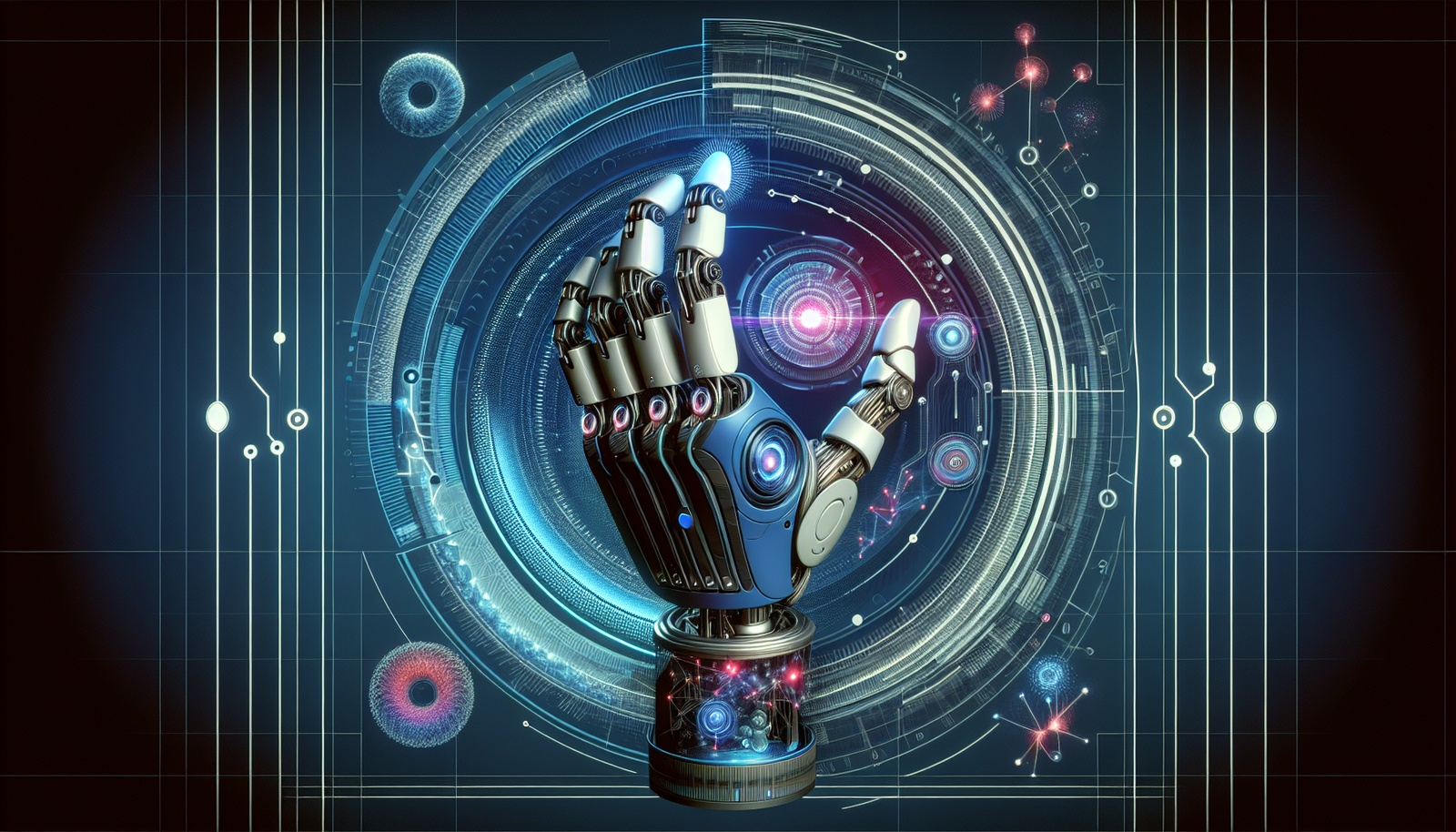Advances in robotics are opening fascinating perspectives on the learning of artificial hands. A recent study reveals a captivating paradox: the order of learning experiences outweighs the importance of tactile sensors. This revelation challenges preconceived ideas about how machines acquire complex skills. Researchers are questioning the impact of the educational curriculum regarding object manipulation. The use of tactile sensors is no longer the only determining factor in acquiring practical know-how. The implications of these findings could transform the development of intuitive robotics.
Tactile sensors and their role in learning
A recent study reveals that the effectiveness of robotic hands does not solely depend on tactile sensors. Researchers from ValeroLab, affiliated with the Viterbi School of Engineering, examined the learning process of robotic hands, particularly on complex tasks such as object manipulation.
An empirical questioning
Researchers, including Romina Mir and Professor Francisco Valero-Cuevas, asked the following question: how do the intrinsic characteristics of hands, such as sensors, interact with the mode of learning? In a publication in the journal Science Advances, they address the debate between “nature” and “nurture” using computational models and machine learning.
An unexpected discovery
Their discoveries highlight that the learning sequence, known as curriculum, plays a predominant role. The study demonstrates that even in the complete absence of tactile sensation, a robotic arm can acquire manipulation skills if the learning experiences are ordered appropriately.
The implications of the research
Researchers emphasize that robotic systems could greatly benefit from this understanding. The sequence of rewards, essential for training, guides the development of systems. Valero-Cuevas points out that this correspondence between machine and biology opens promising avenues for models of artificial intelligence capable of adapting and learning in varied physical environments.
Interdisciplinary collaboration
This research is the result of collaboration between the Viterbi School of Engineering at the University of California and the University of California, Santa Cruz. PhD students Parmita Ojaghi and Romina Mir led this work in conjunction with Professor Michael Wehner. This collaborative approach enriches the research by integrating various expertise.
References to technological advancements
The conclusions of this study also highlight the importance of other advancements in the field of robotics and sensors. Projects like Manus AI, which disrupts the dominance of traditional technologies, and innovations such as the skin-inspired optical sensor, illustrate the current dynamics of this sector.
Repercussions on artificial intelligence
These results could influence the development of artificial intelligences that learn in a more flexible and effective manner, just like humans. Systems, relying on diverse curricula, could therefore improve when facing increasingly complex tasks, thus redefining the standards of efficiency for robotic technologies.
FAQ on the study of tactile sensors and robotic hand learning
What is the main result of the study on tactile sensors and robotic hands?
The study demonstrates that the order in which learning experiences are presented, known as the “curriculum,” is more influential than tactile information when manipulating objects with robotic hands.
How did researchers prove that tactile sensors are less important?
Researchers used a computational model simulating a three-fingered robotic hand, showing that it could learn to manipulate objects even without complete tactile sensations.
Why is it important to understand the influence of the curriculum on robotic hand learning?
Understanding this influence can help optimize learning methods for robotic systems, allowing for more effective development of complex skills and better adaptation in physical environments.
What types of complex tasks can be learned by robotic hands according to this study?
According to this study, tasks like grasping and rotating objects, such as balls or cubes, can be learned without reliance on direct tactile feedback.
What implications could this research have for the development of prosthetics?
This research suggests that prosthetics could be programmed to learn to manipulate objects more autonomously, focusing on task sequencing rather than on a complex integration of tactile sensors.
Who led this research and which institutions were involved?
The research was led by Romina Mir and Ali Marjaninejad at ValeroLab within the Viterbi School of Engineering, in collaboration with the University of California, Santa Cruz.
How does this study contribute to the field of artificial intelligence?
It establishes a link between machine learning and biological systems, paving the way for advancements in the development of artificial intelligence capable of learning and adapting in physical contexts.






